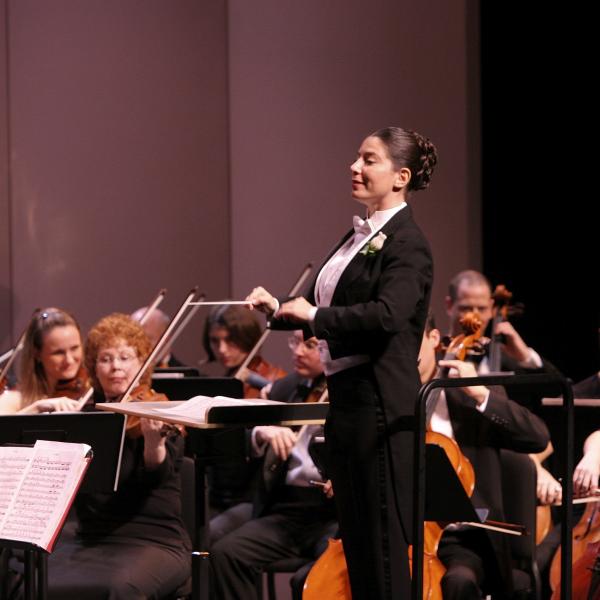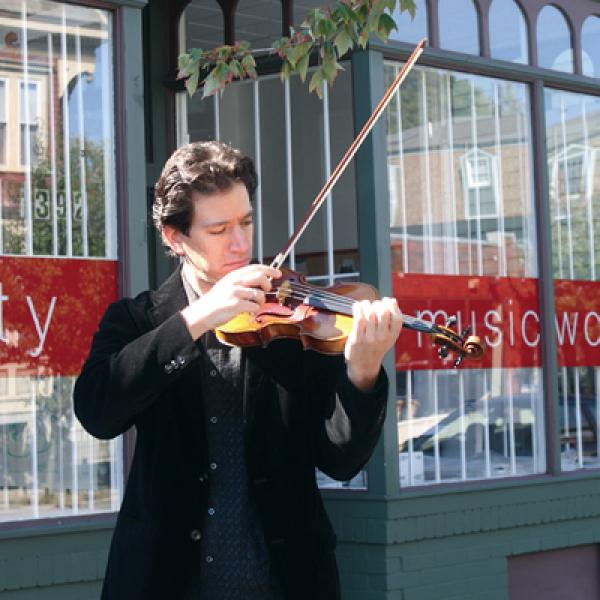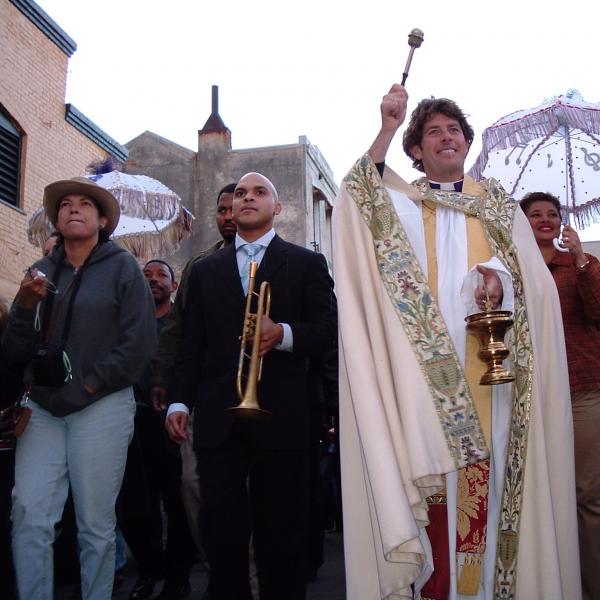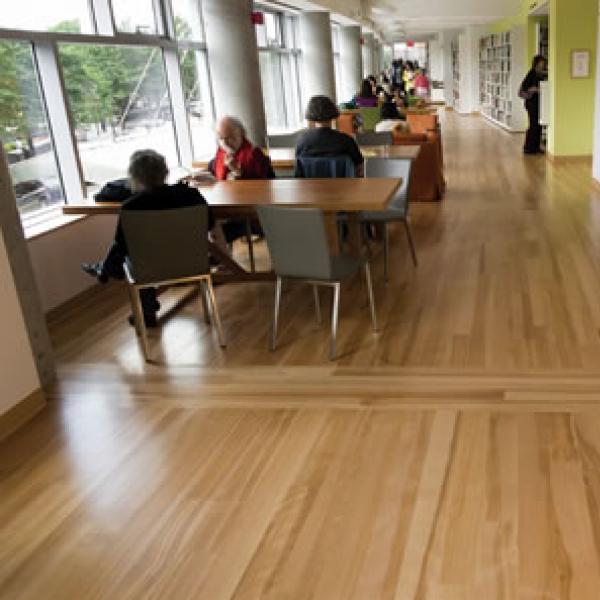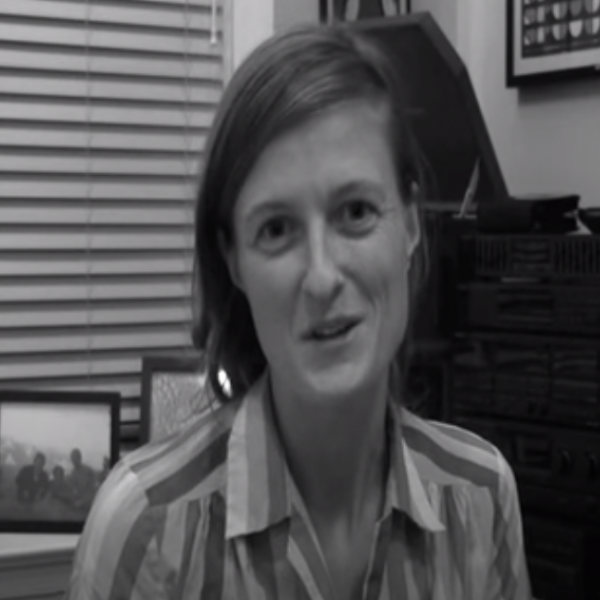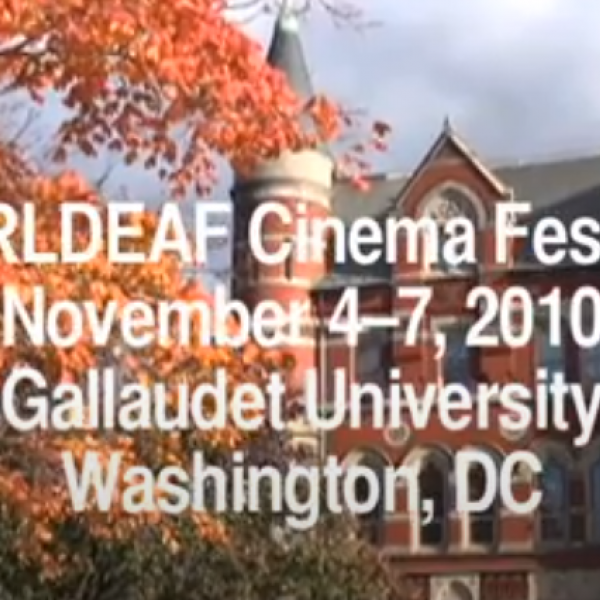A Community Rewritten
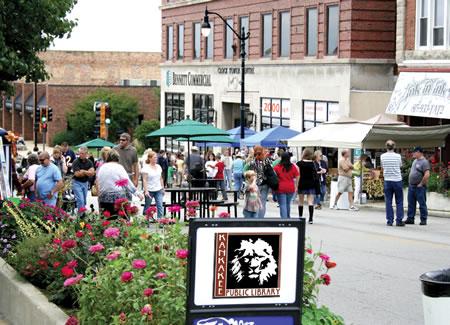
Schuyler Avenue in downtown Kankakee is closed for the Fall Arts Stroll.
"When I started working in 1997 as a reference librarian, we were known as the armpit of the area’s library system,” said Steve Bertrand, director of the public library in Kankakee, Illinois. “There was duct tape on the carpet and the phones didn’t work. We had no meeting space and barely enough room to do anything.”
Visitors to the Kankakee Public Library’s current home, a luxurious space that occupies the first four floors of a seven-story office building in the heart of the city’s downtown, would likely never guess that this vibrant center of the community emerged from such humble roots. In addition to its regular visitors, the library frequently welcomes hundreds of local guests for concerts, author readings, and a variety of other talks and performances. The library also houses study areas, a coffee bar, a computer lab, a dedicated “teen zone,” and a media recording and editing studio. Outside the building’s walls, library staff members organize community music and arts events that draw thousands of visitors to the small city.
The library’s renaissance cannot be separated from that of Kankakee itself, a city that was once widely thought of as the worst place to live in the United States. In fact, it was through the focused cultivation of the library as a center of community and arts programming that city leaders anchored Kankakee’s remarkable rebirth—pulling it back from the brink of economic and social disaster and restoring a strong sense of community pride in the process.
Community Challenges
Kankakee’s dark times began as the 1980s drew to a close. “We experienced a severe economic downturn and lost about two-thirds of our industry,” said Bertrand, a Kankakee native who witnessed the shut down of the city’s biggest employers: a Roper oven factory and a General Foods dog food plant. “We were a classic industrial midwestern community and our industries consolidated or moved to Mexico.”
As businesses left Kankakee, so did many of the residents who could afford to live elsewhere, leaving behind a community saddled with financial stagnation, gang warfare, and rampant crime. Don Green, a native of Kankakee, became mayor in 1993. “It was a bad situation,” he said. “The murder rate was higher than the city of Chicago at that time. And when I took over as mayor, the city was operating 1.7 million dollars over an 8 million dollar budget.”
Kankakee faced not only financial and public safety challenges, but also a ripening crisis in public relations. “One of our community leaders, the owner of a local newspaper, was kidnapped and buried alive,” commented Bertrand. Word of the bizarre incident spread, much to the city’s embarrassment. “Kankakee was the city no one wanted to visit and no one wanted to live in.”
Further soiling Kankakee’s reputation was the 1999 edition of the Places Rated Almanac, which named Kankakee County the worst area to live in throughout the United States and Canada. The city even became the topic of a “Top Ten List” on The Late Show with David Letterman, cementing Kankakee’s ignominy in public consciousness. “It’s hard getting over being a national joke when you’re on David Letterman,” remembered Bertrand.
New Library, New Community
Once in office, Mayor Green’s efforts to revitalize Kankakee began with the creation of a blue ribbon committee made up of local citizens and business leaders. Through a wide range of initiatives—merging debts, consolidating programs, creating a community policing infrastructure, and drastically reinventing the culture of the police department—progress toward a safer city began. “Each year, we saw decreased crime statistics in Kankakee,” said Green. “At the same time, we had to rebuild downtown areas of the community.”
Under the direction of a young and ambitious director named Cindy Fuerst, the Kankakee Public Library led the way. After seven years of successfully expanding library programs in the cramped space they occupied at the time, the unorthodox decision was made in 2003 to relocate the library to an office building in downtown Kankakee—an area of the city that had been hit particularly hard by crime and economic depression. A special deal, made by city officials and the Heritage Development Corporation that owned the building, established it as a mixed-use structure and the new home for the library.
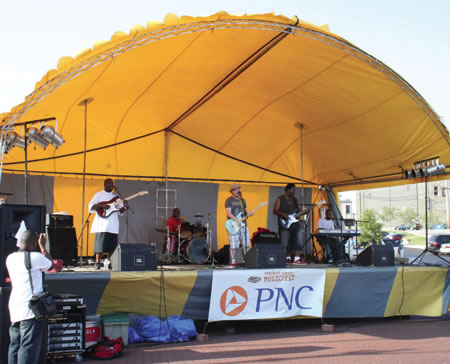
The main stage at the Kankakee Downtown Music Fest. |
“That was really the moment when things started to turn around for downtown,” said Bertrand, who had been working under Fuerst for seven years at the time. “Because we were able to do it on the cheap, we were able to have a library that was two or three times larger than any community our size could imagine happening.
“When people saw it, their jaws dropped, and it began turning around citizens’ attitudes about themselves,” he continued. “As a community, we were able to give ourselves something that was really first class, something that out-of-towners could come and see, and that we could really be proud of.”
As the library drew more and more visitors hungry for its arts-related programming—including a talk by author Luis Urrea who wrote about Kankakee in his book Into the Beautiful North—the local economy responded with new confidence. Banks, restaurants, coffee shops, and even a university migrated back to the downtown area. With the help of downtown business leaders and scores of local volunteers, library staff organized additional arts programs—including the Merchant Street Music Fest and Fall Art Stroll street festival—that stretched beyond library walls. As a result, thousands of visitors from the greater Chicago area gathered in Kankakee on a regular basis, further reinforcing the cycle of revitalization that had begun with the library.
Fuerst, who resigned as director in 2009, credits the arts both with helping to bring community pride to Kankakee and repairing public perception of the city as a whole. “The Kankakee Symphony Orchestra has performances downtown now,” she described. “A few years ago, the library sponsored a poetry slam for teens. One of the parents of a student who was participating shared with a staffer that this was the first time she had been in downtown Kankakee after dark in 17 years. She was shocked at how nice everything was.”
“The potential was always there,” added Fuerst. “The jewel just had to be dusted off, and people see the beauty and value of Kankakee now.”
Mayor Green shared an equally revealing story. “One day, at the Kankakee library, I was walking out the door and I saw three young men, one black, one white, one Hispanic,” he continued. “We said hello and I asked them, ‘Why are you here?’ They were teenagers and you don’t normally think of teens hanging out at the library. It’s not cool.
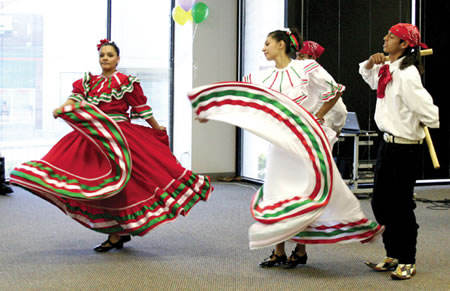
Mexican folk dancers perform for area children during Hispanic Heritage Month. |
“But they told me that the library was a place that they felt ownership over, a place where they felt safe.” The conversation affirmed to Green that he and his allies were on the right track. “We invested money in something that gave young people some security, inspiration, and impetus.”
For Green, Kankakee’s arts-based revitalization is indicative of a larger theme. “Without the arts, you don’t have a community,” he said. “It not only deals with your current issues but with the past and your shared history. It’s something that gives confidence and a sense of worth to your community.”
Michael Gallant is a composer, musician, and writer living in New York. He is the founder and CEO



